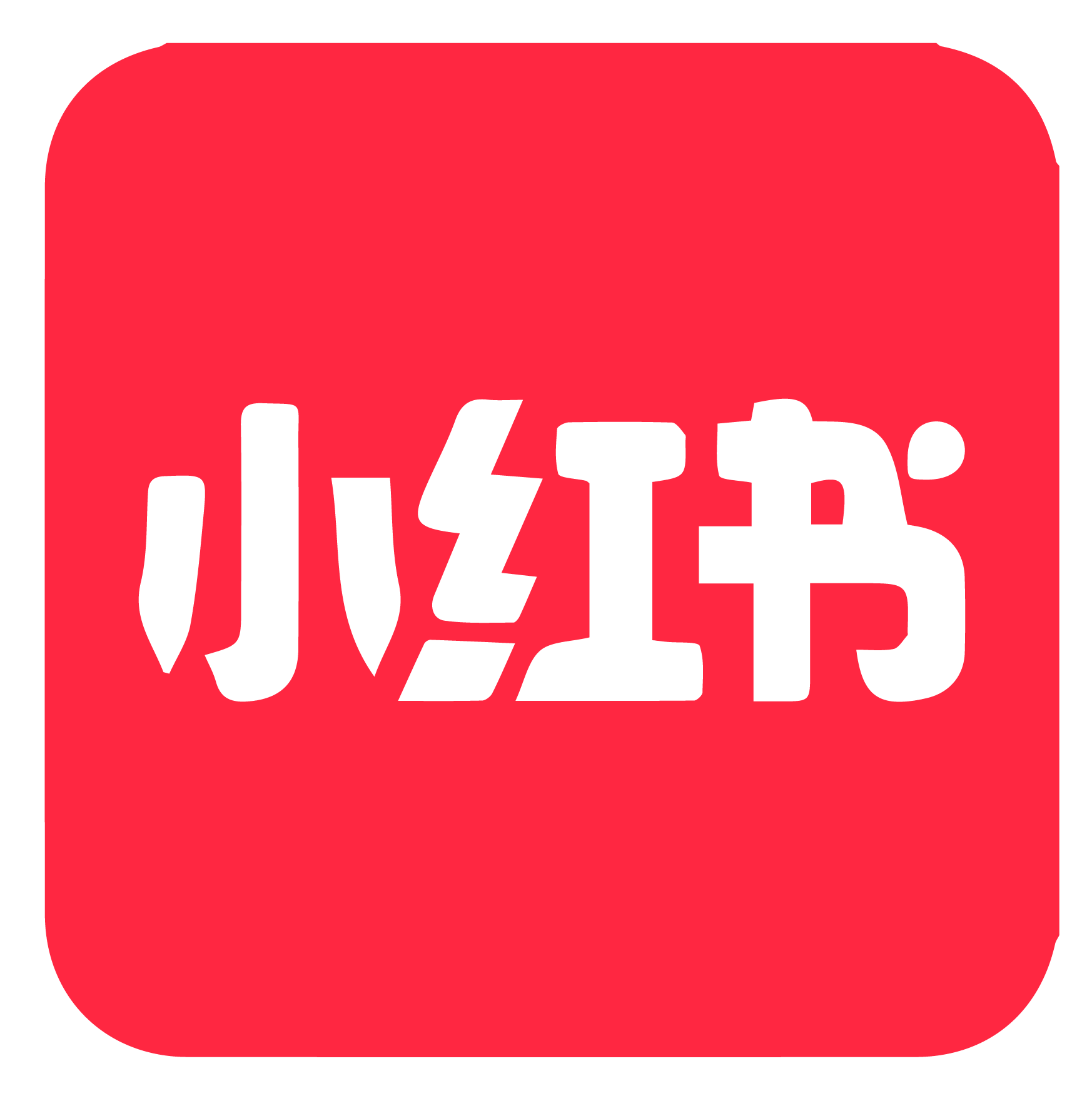photo: Fresh and frozen foods displayed in a modern supermarket
Vietnam’s food retail sector is still dominated by traditional wet markets and small independent stores, accounting for 94 per cent of sales in Vietnam’s retail sector. However, new and modern supermarket stores are being established at a rapid rate. They will account for 20 per cent of sales (currently at six per cent) by 2025. Within a span of 20 years, the modern retail sector has expanded quickly in Vietnam from two supermarkets in Ho Chi Minh City (with ten million people) in 1990s to thousands of stores throughout the country today. Several factors have accounted for this change in food retail distribution pattern.
Increasing consumer incomes, growing urbanization (21 per cent in 2008 to 38 per cent in 2015 of total population), greater acceptance of Western-packaged food products, wider range and availability of processed and prepared convenience foods have provided greater opportunities for the modern retailers. Major international retailers like Aeon Japan (acquired local retail chains Citimart and Fivimart), Thailand’s two major retailers, TCC Group (bought local retailer Metro Cash and Carry stores), and Central Group (took over Big C stores) have acquired Vietnamese supermarket chains as well as established new retail outlets throughout the country.
Other foreign retailers that have established their presence include the Korean Lotte Mart and the French Aushcan groups. The rapid expansion of the modern supermarkets and the foreign management of retail chains have contributed significantly to the substantial leap in the imports of consumer-oriented foods from US$6.27 billion in 2011 to US$11.79 billion. Imported products that have gained greater market access include beef, poultry, fresh fruit, dairy products, alcoholic and non-alcoholic products.

Traditional retail stalls
Reference: USDA Gain Report: Vietnam Retail Foods Sector Report 2016







